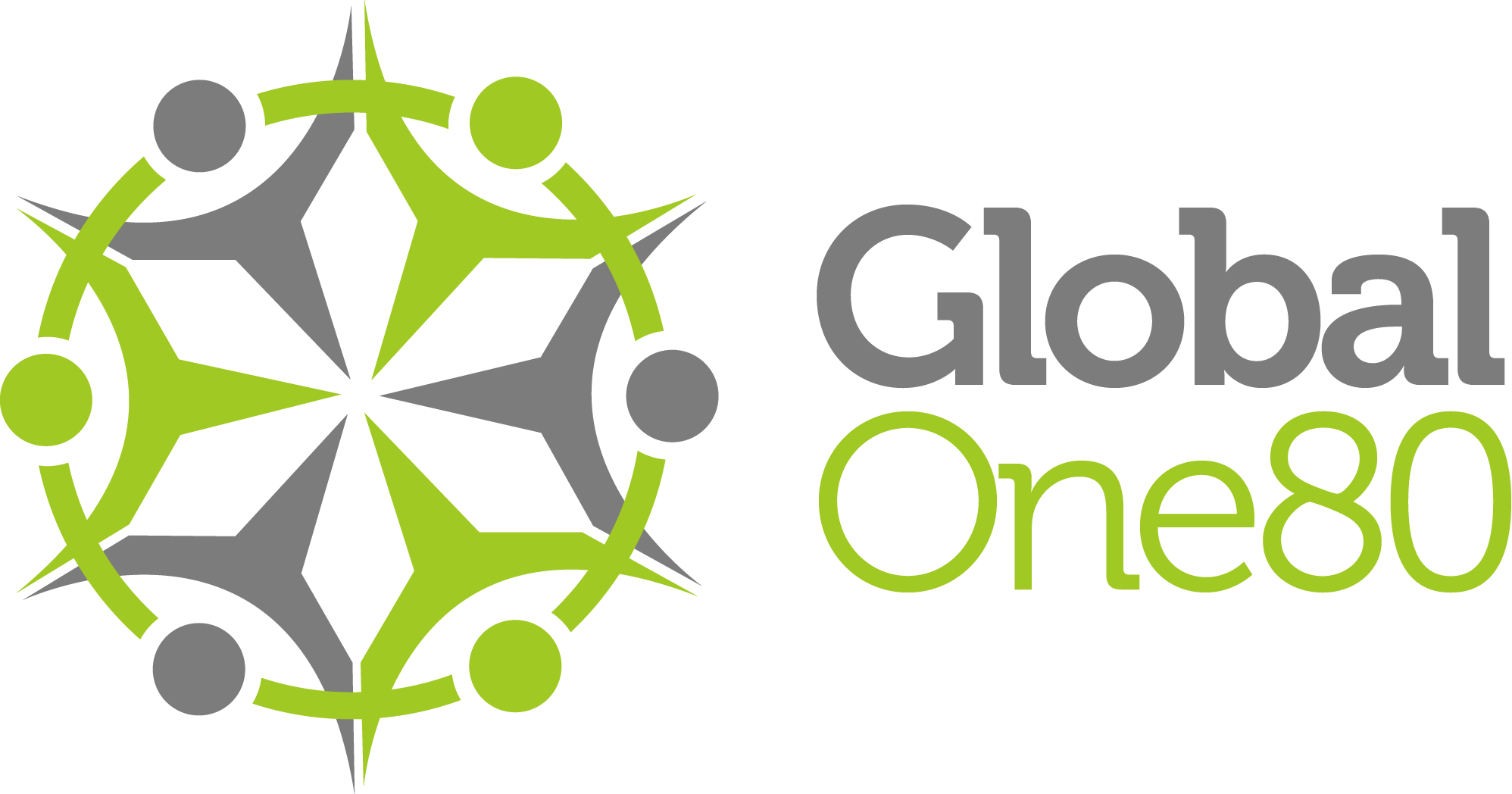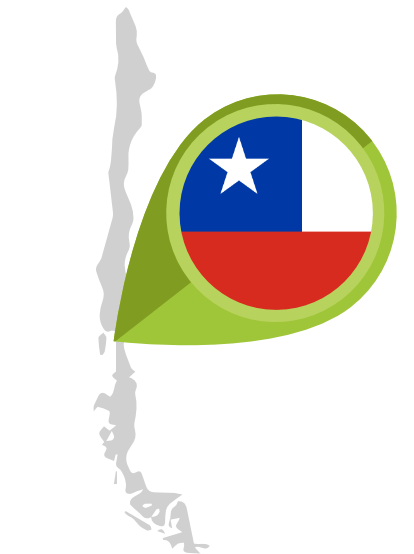South America’s southernmost point is Cape Horn. Ships had to round the horn to travel from the Pacific to Atlantic ports and Europe before the Panama Canal was built.
Almost all Chileans are descended from a mix of indigenous and European ancestors. The Mapuche people live in the south, speak their language, and follow their religion.
Natural beauty, as well as plant and animal life, abound in the region. Along the coast, penguins, pelicans, and sea lions can be seen, and migratory whales can be seen in the waters as they travel to and from feeding and breeding grounds.
While it is a developing nation, Chile has a high-income economy and is ranked 43rd on the Human Development Index. It has the highest levels of economic freedom, peace, and globalization in Latin America and is among the most economically stable countries in South America.
Additionally, Chile boasts the second-lowest homicide rate in the Americas, behind only Canada. The country also rates highly in terms of democratic development and state sustainability. Since joining the OECD in 2010, it has also become a member of the United Nations, CELAC, and the Pacific Alliance.


